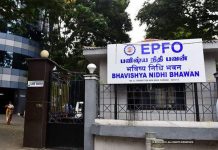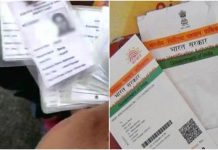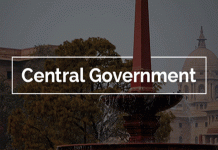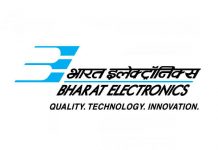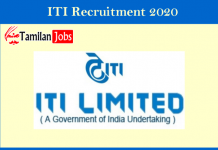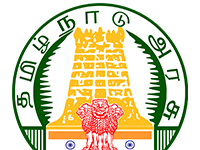Did you know that post offices also offer life insurance policies? Known as the Postal Life Insurance or PLI, its eligibility was earlier restricted but the rules were recently changed to maintain a competitive edge in par with the other insurance providers of the country.
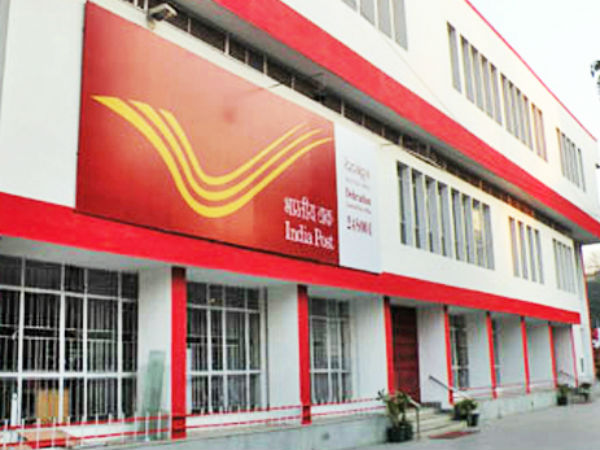
What is Postal Life Insurance?
PLI works like any other life insurance service provider, the only difference being that it is run by the Indian postal department. Additionally, the only offer traditional insurance policies and not term insurance or ULIPs. It was started in 1884 for the benefit of postal employees.
Apart from single insurance policies, Postal Life Insurance also manages a Group Insurance scheme for the Extra Departmental Employees (Gramin Dak Sevaks) of the Department of Posts.
There are presently 6 types of postal life insurance policies:
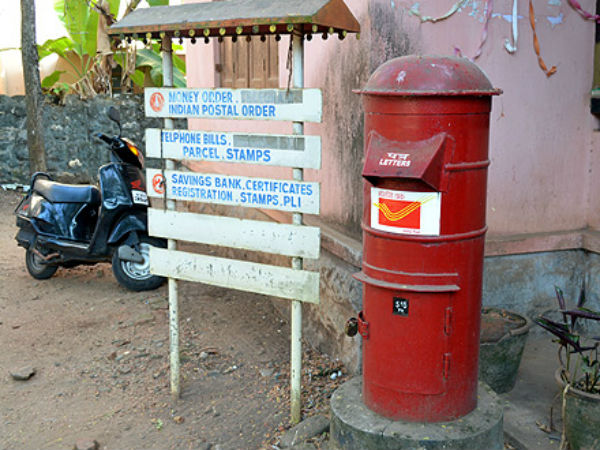 1. Suraksha (Whole Life Assurance)
1. Suraksha (Whole Life Assurance)
Under this scheme, the assured amount with accrued bonus is payable to the insured either on attaining the age of 80 years or to his/her legal representatives or assignees on the death of the insured, whichever occurs earlier, provided the policy is in force on the date of claim.
The minimum and maximum ages at entry are 19 years and 55 years, respectively. The minimum sum assured is Rs 20,000, while maximum being Rs 50 lakh. Loan facility shall be available after 4 years and the policy can be surrendered after 3 years.
2. Santosh (Endowment Assurance)
In this scheme, the proponent is given an assurance to the extent of the sum assured and accrued bonus till he/she attains the pre-determined age of maturity, that is, 35, 40, 45, 50, 55, 58 and 60 years of age.
In case of death of the insured, the nominee or legal heir is paid the full amount of sum assured with an accrued bonus. Here too, the minimum and maximum ages at entry are 19 years and 55 years, respectively.
The minimum sum assured is Rs 20,000, while maximum being Rs 50 lakh. Loan facility shall be available after 4 years and the policy can be surrendered after 3 years.
3. Suvidha (Convertible Whole Life Assurance)
It is a Whole Life Assurance Policy with an option to convert to Endowment Assurance Policy at the end of five years of opting for the policy. Assurance is given to the extent of sum assured with accrued bonus till attainment of maturity age.
In case of death, the assignee, nominee or legal heir will be paid the full amount of sum assured with an accrued bonus. The minimum and maximum ages at entry are 19 years and 55 years, respectively.
The minimum sum assured is Rs 20,000, while maximum being Rs 50 lakh. Loan facility shall be available after 4 years and the policy can be surrendered after 3 years.
4. Sumangal (Anticipated Endowment Assurance)
This Money Back Policy comes with a maximum sum assured of Rs 50 lakh and is best suited to those who need periodical returns.
Survival benefits are paid to the insured periodically. These benefits will not be taken into consideration in the event of the unexpected death of the insured, but, full sum assured with accrued bonus is payable to the assignee, nominee or the legal heir. The policy terms are 15 and 20 years.
The minimum age at entry is 19 years, while the maximum age is 40 years for 20 years’ term policy and 45 years for 15 years’ term policy.
Survival benefits paid periodically as under:
- 15 years Policy- 20% each on completion of 6 years, 9 years and 12 years and 40% with an accrued bonus on maturity
- 20 years Policy- 20% each on completion of 8 years, 12 years and 16 years and 40% with an accrued bonus on maturity
5. Yugal Suraksha (Joint Life Assurance)
This is a Joint Life Endowment Assurance in which one of the spouses should be eligible for PLI policies. Also, a life cover to both spouses to the extent of sum assured with accrued bonus will be provided.
The minimum and maximum ages at the entry for spouses are 21 years and 45 years, respectively. The minimum sum assured is Rs 20,000, while maximum being Rs 50 lakh.
Maximum age of the elder policyholder should not be more than 45 years and the couple should be between 21 years to 45 years. Loan facility shall be available after 3 years. Death benefits will be paid to either of the survivors in the event of the death of the spouse or main policy holder.
6. Bal Jeevan Bima (Children Policy)
The scheme provides life insurance coverage to children (maximum of 2) of policyholders. Children between the ages of 5 and 20 years are eligible. Maximum sum assured will be Rs 3 lakh or equal to the sum assured of the parent, whichever is less. Policyholder (parent) should not be over 45 years of age.
Note that no premium will be paid on the Children Policy, on the death of the policyholder (parent). The complete sum assured and bonus accrued shall be paid on completion of the term.
Eligibility for Postal Life Insurance
Employees of the following Organizations are eligible.
- Central Government
- Defence Services
- Para-Military forces
- State Government
- Local Bodies
- Government-aided Educational Institutions
- Reserve Bank of India
- Public Sector Undertakings
- Financial Institutions
- Nationalized Banks
- Autonomous Bodies
- Extra Departmental Agents in Department of Posts
- Employees Engaged/ Appointed on Contract basis by central/ State Government where the contract is extendable
- Employees of all scheduled Commercial Banks
- Employees of Credit Co-operative Societies and other Co-operative Societies registered with Government under the Co-operative Societies Act and partly or fully funded from the Central/ State Government/RBI/ SBI/ Nationalized Banks/ NABARD and other such institutions notified by Government
- Employees of deemed Universities an educational institutes accredited by recognized bodies such a National Assessment and Accreditation council, All India Council of Technical Education, Medical council of India etc.
- Employees (teaching/non-teaching staff) of all private educational institutions/schools/colleges etc. affiliated to recognized Boards (recognized by Centre/State Government) of Secondary/Senior Secondary education i.e. CBSE, ICSE, State Boards, Open School, etc.
- Professionals such as Doctors (including Doctors pursuing Post Graduate degree courses through any Govt/Private Hospitals, Residents Doctors employed on contract/permanent basis in any Govt/Private Hospitals etc), Engineers (including Engineers pursuing Master’s/Post Graduate degree after having passed GATE entrance test), Management Consultants, Charted Accountants registered with Institute of Charted Accountants of India, Architects, Lawyers registered with Bar Council of India/States, Bankers working in Nationalised Banks and its Associate Banks, Foreign Banks, Regional Rural Banks, Scheduled Commercial Banks including Private Sector Banks etc.
- Employees of listed companies of NSE (National Stock Exchange) and Bombay Stock Exchange (BSE) in IT, Banking & Finance, Healthcare/Pharma, Energy/Power, Telecom, Infrastructure Sector etc, where employees are covered for Provident Fund/Gratuity and/or their leave records are maintained by the establishment.



